
31 March 2023
This article is brought to you by JBI Training, the UK's leading technology training provider. Learn more about JBI's Power Automate tutorials.
Introduction:
Microsoft Power Automate is a powerful tool that allows you to automate various business processes. One of its features is the "webhook" functionality, which enables you to connect your flow to an external application or service.
This feature is particularly useful for those who need to integrate different applications and services to create end-to-end workflows. In this guide, we will explore how to use the "webhook" feature in Power Automate.
Step 1: Creating a Webhook
The first step is to create a webhook in Power Automate. To do this, follow these steps:
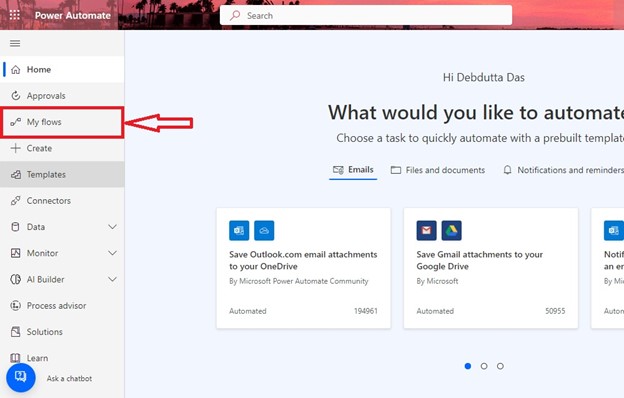
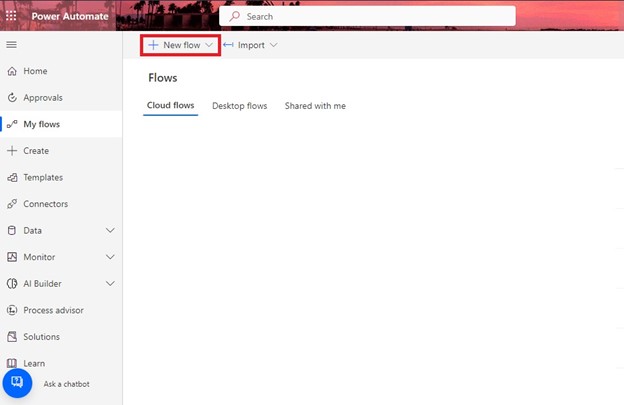
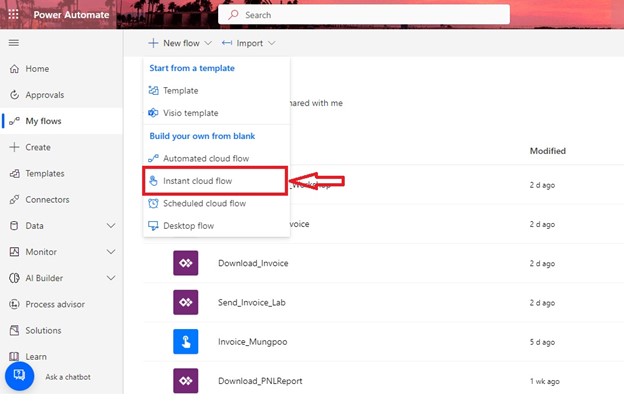

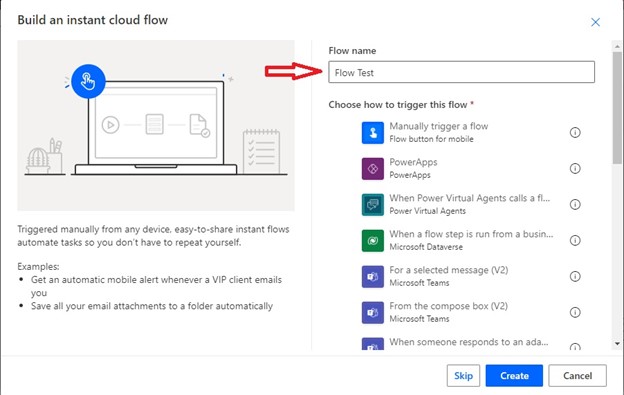
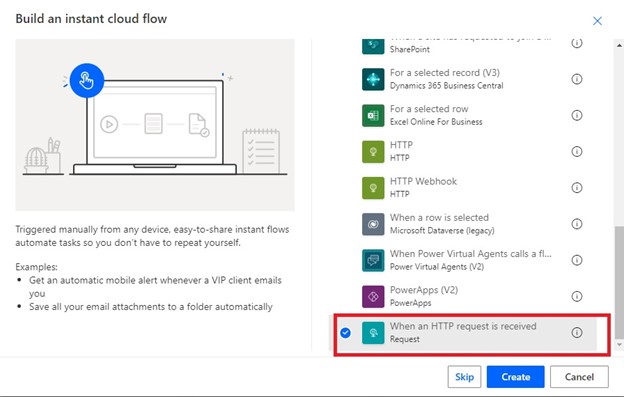
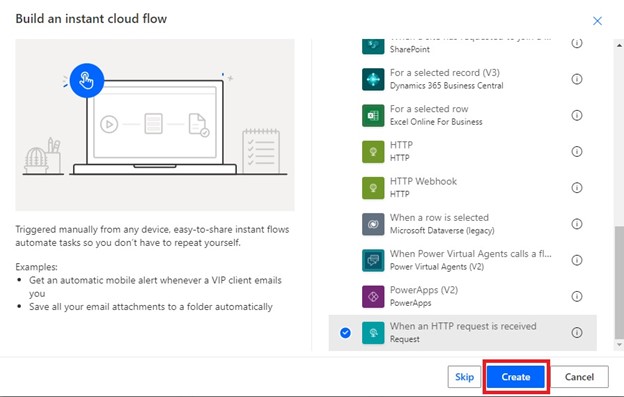
Step 2: Using the Webhook
The second step is to use the webhook in an external application or service. To do this, follow these steps:
Use Case: Creating a Helpdesk Ticket
Suppose you are running a helpdesk, and you want to create a new ticket every time a customer sends an email to a specific address. You can use the "webhook" feature in Power Automate to connect your email service to your helpdesk ticketing system. When an email is received, it will trigger the webhook, and a new ticket will be created automatically.
Conclusion:
Using the "webhook" feature in Microsoft Power Automate can help you integrate different applications and services more efficiently. By following the steps outlined in this guide, you can create a webhook and use it to trigger actions in external applications or services. With this knowledge, you can explore other use cases for this powerful feature and automate your business processes more effectively.
We hope you found this step-by-step guide on how to use webhooks in Microsoft Power Automate insightful and valuable.
Take a look at this guide: How to Use XPath in Microsoft Power Automate
As you continue to explore the powerful features of Power Automate, it's crucial to expand your knowledge and skills to take full advantage of its capabilities.
We highly recommend reading our next article, "How to Use Substring in Microsoft Power Automate: A Comprehensive Guide".

CONTACT
+44 (0)20 8446 7555
Copyright © 2025 JBI Training. All Rights Reserved.
JB International Training Ltd - Company Registration Number: 08458005
Registered Address: Wohl Enterprise Hub, 2B Redbourne Avenue, London, N3 2BS
Modern Slavery Statement & Corporate Policies | Terms & Conditions | Contact Us
POPULAR
AI training courses CoPilot training course
Threat modelling training course Python for data analysts training course
Power BI training course Machine Learning training course
Spring Boot Microservices training course Terraform training course